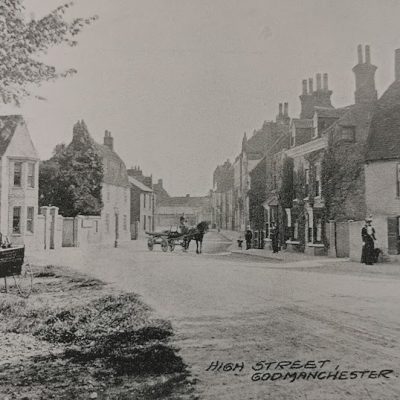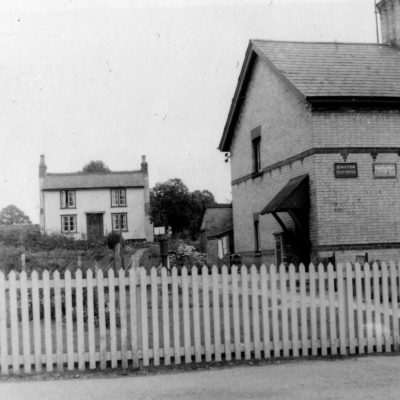Search by topic
- archaeology
- Building of Local Interest
- charity
- church
- crime
- dressmaker
- fire
- Great Eastern Railway
- Listed building
- Mapping Relief
- medieval
- oral history
- poverty
- Public House
- Rattee & Kett
- Religious House
- Roman
- scholar
- school
- Then and Now
- tudor
- women
- work
- world war one
- world war two
Search by text
Lordship Farm, Hinxton
History of Lordship Farm, Hinxton
Listed Building
Farmhouse. Early C16 and possibly later with C19 alterations and additions…. The farmhouse is sited within a moat and was possibly a manor house, it was the manor farm by 1862.
Granary to south east of Lordship Farmhouse GV II Granary. Early to mid C19. Timber-framed and weatherboarded standing on brick piers with stone caps.
Blacksmith’s Shop, coach house and stables to north east of Lordship Farmhouse
At the time of the Norman Conquest this was the larger of two manors in ‘Haustitona.’ The manors became the property of Picot, Sheriff of Cambridge. Lordship Farm was seven hides and three yardlands, large enough for 4 plough teams. The land had previously been held by 20 sokemen, tenants who owed service to a lord. At this time three mills were built, one on the site of the Mill that still exists at Lordship Farm.
There are still remnants of the original moat. Many original features survive.
1881
Arthur Squires, 28, farm bailiff, b Chatteris
Lydia, wife, 39, b Sutton
Argur, 6, b Wicken
George, 5, b Norfolk
Lydia, 3, b Norfolk
Burt, 2, b Chatteris
1901
John Fuller, 59, farm bailiff, b Norfolk
Ellen, 59, b Norfolk
1939
Leonard C Fordham, b 1903, farmer
Marjorie B, b 1904,
Contribute
Do you have any information about the people or places in this article? If so, then please let us know using the Contact page or by emailing capturingcambridge@
License
This work is licensed under CC BY-NC-SA 4.0








